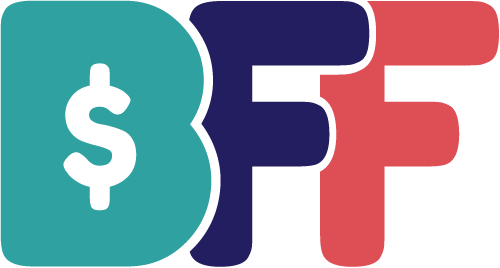The information provided by Best Financial Friend Pty Ltd is factual information only and is not intended to be financial product advice, legal advice or tax advice, and should not be relied upon as such. The information is general in nature and may omit detail that could be significant to your particular circumstances.The information is general in nature and does not take into account your personal situation. You should consider whether the information is appropriate to your needs, and where appropriate, seek professional advice from a financial adviser.
© 2024 Best Financial Friend. All Rights Reserved. Privacy Policy
